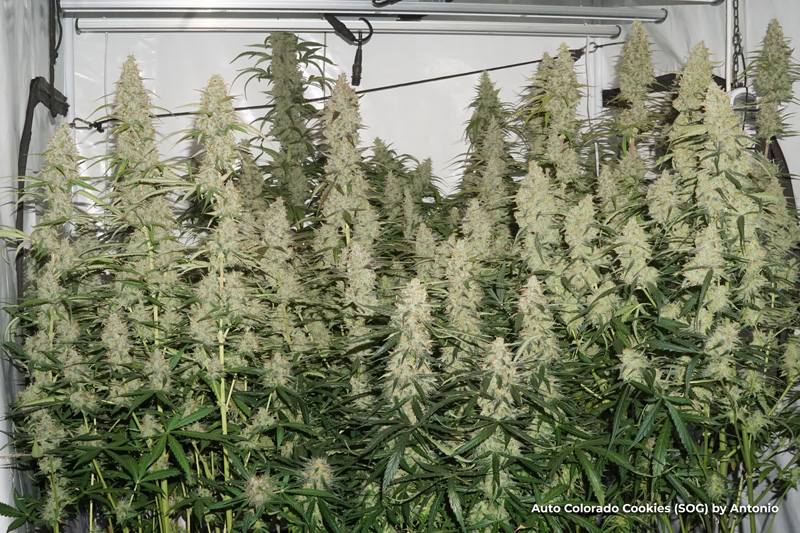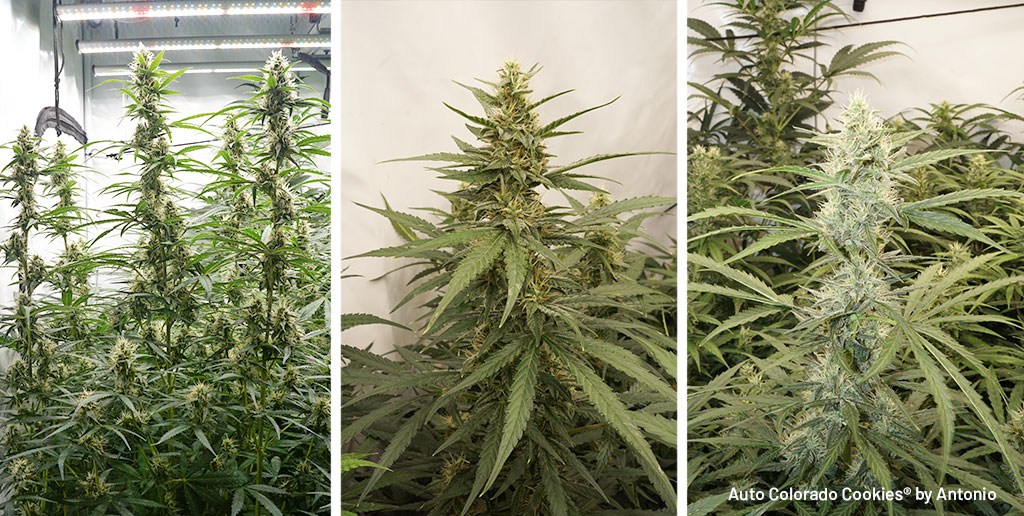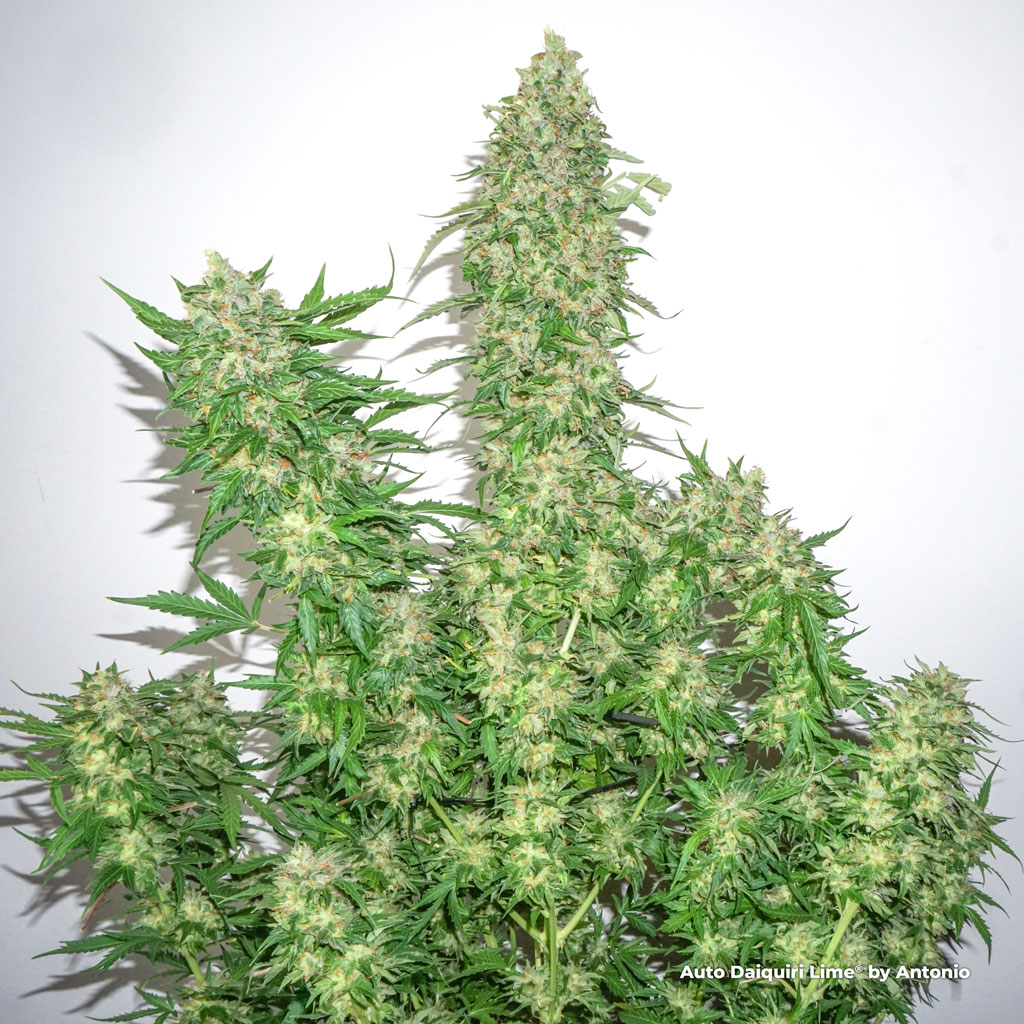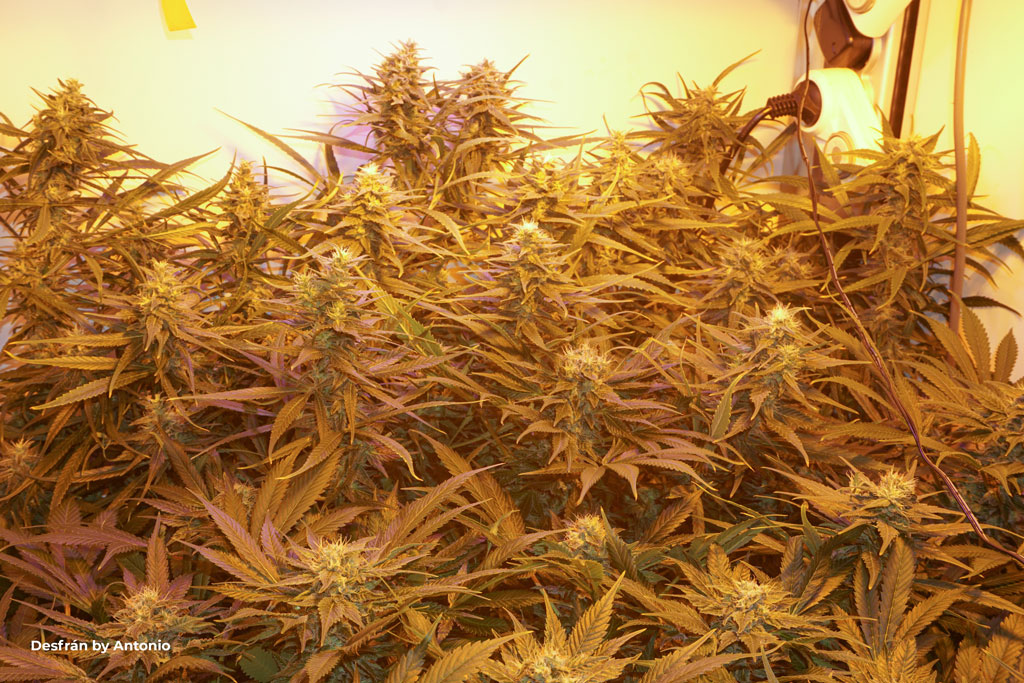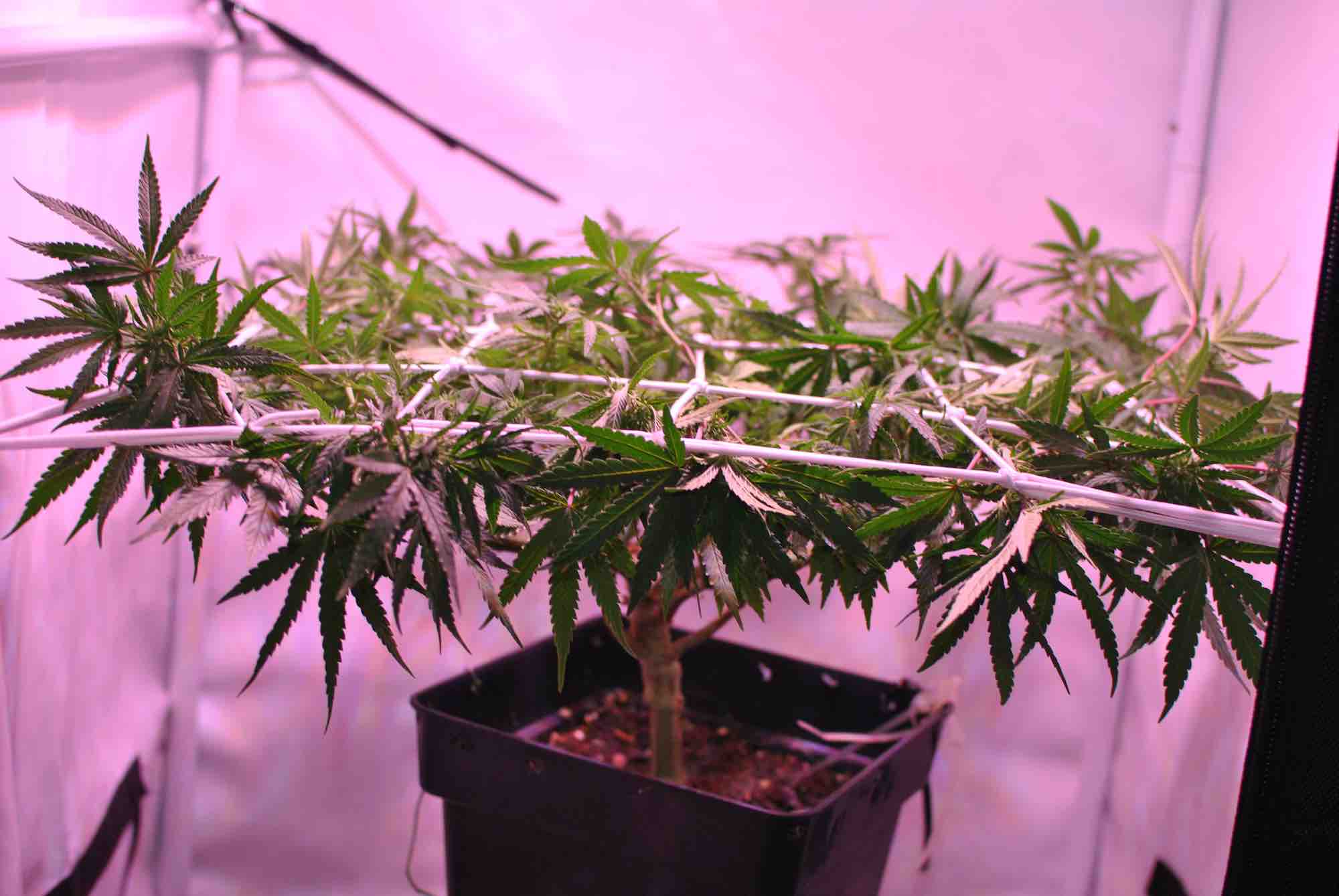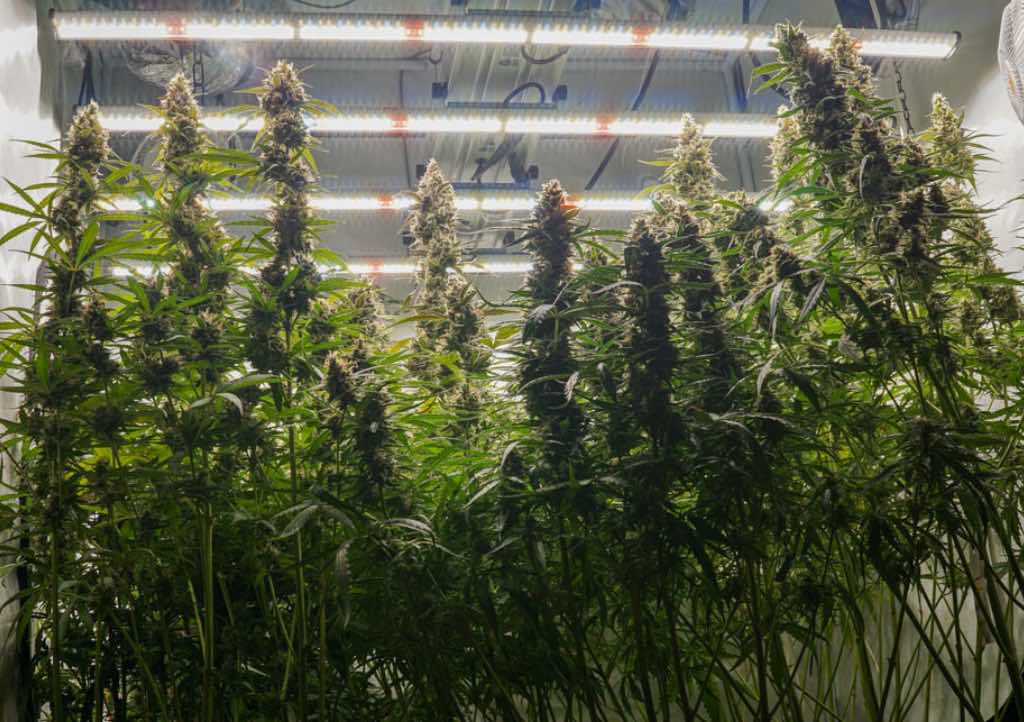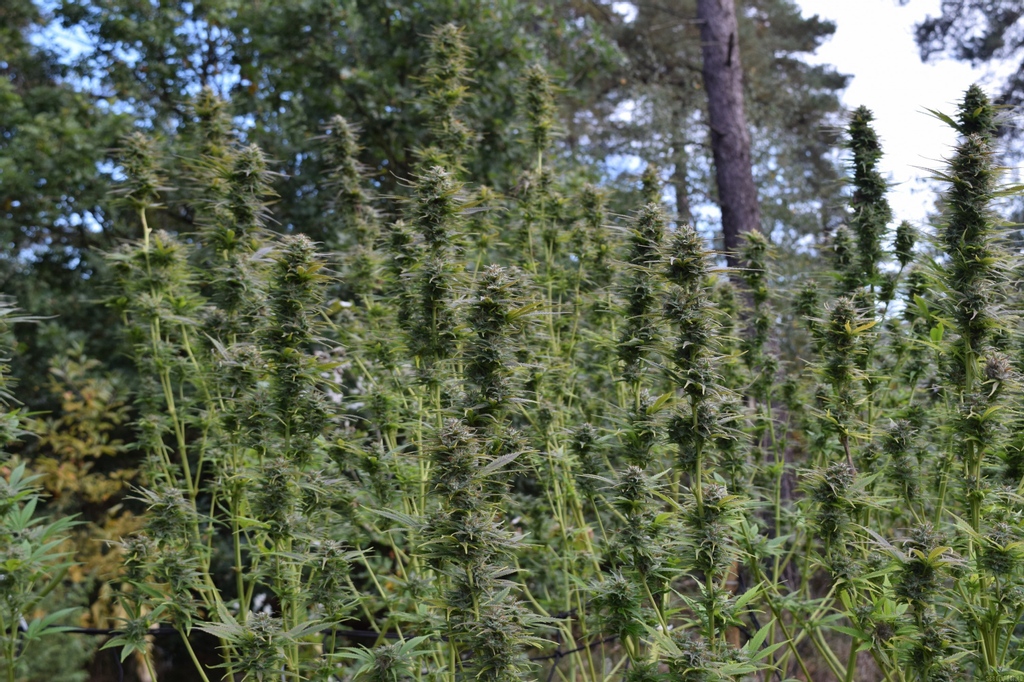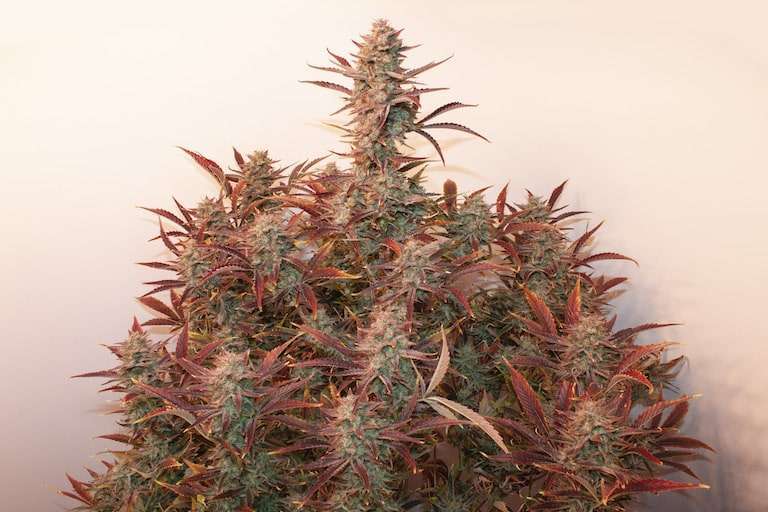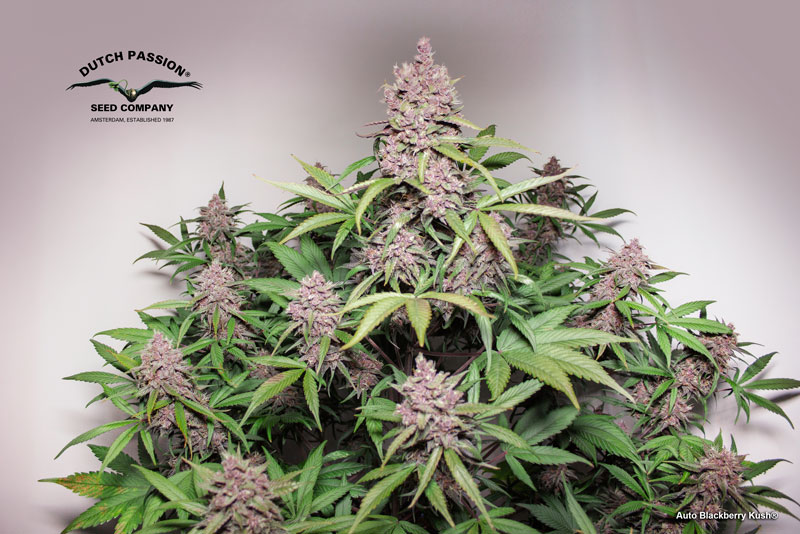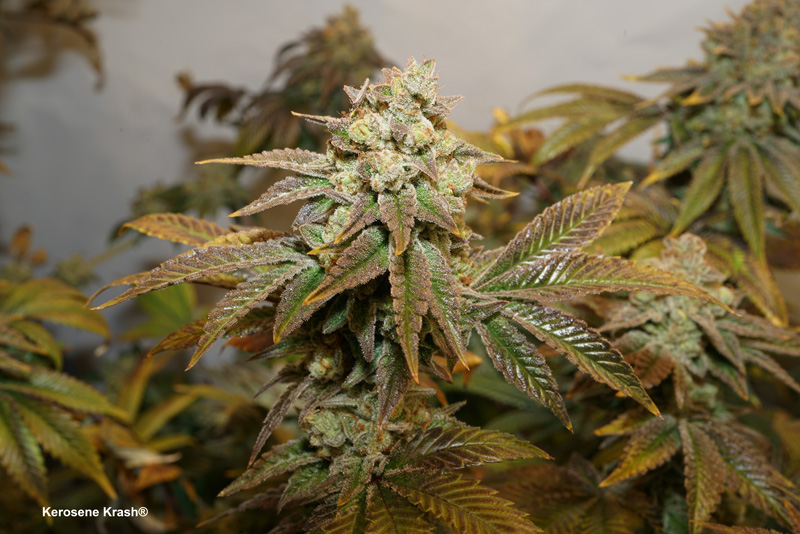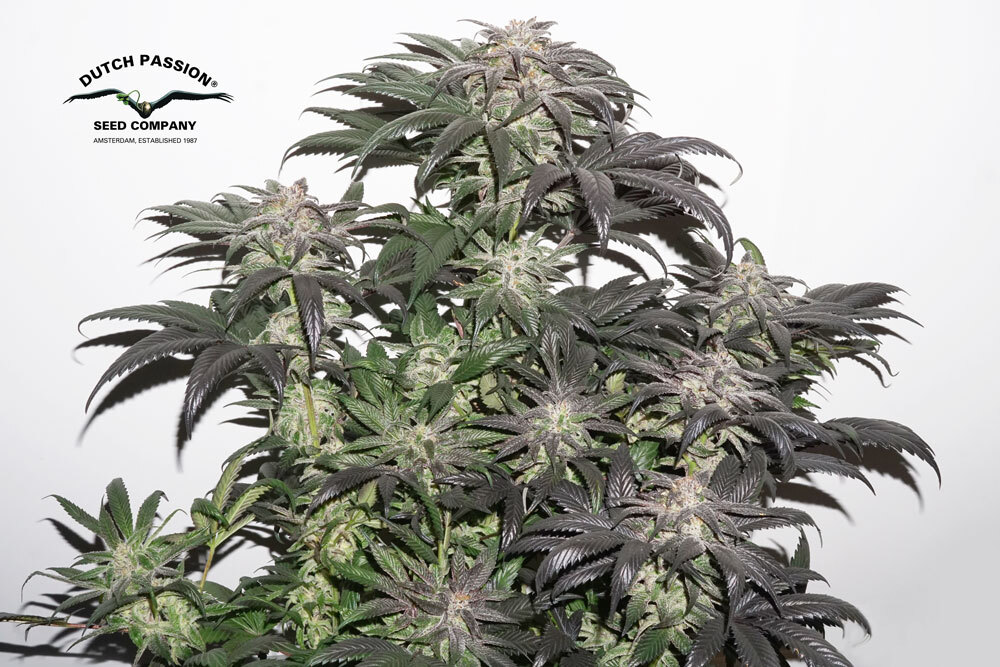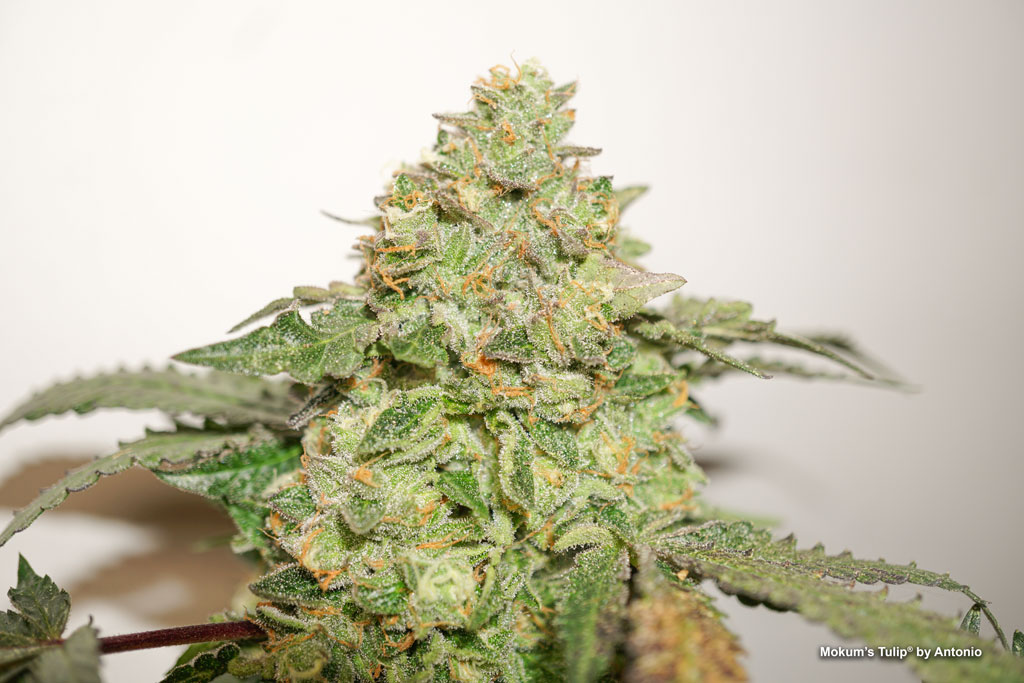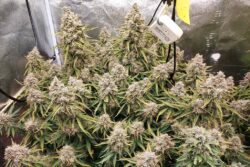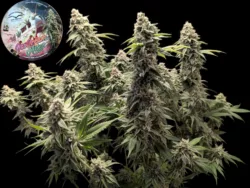When a cannabis plant is ready to bloom it undergoes various hormonal changes. One effect is to cause the plant to produce a vertical growth spurt, known as cannabis flowering stretch. This often lasts for the first 2-4 weeks of bloom before the plant stops stretching and focuses on bud/bloom growth.
Depending on how the grower is cultivating plants (e.g. with the SCROG method, etc) flowering stretch can be useful. But for those growing in spaces with e.g. limited vertical headroom too much stretch can cause problems. If a plant is allowed to stretch excessively it may become lanky and weak with poor yields. Read on to find out more about cannabis flowering stretch and the techniques you can use to help control it to your advantage.

